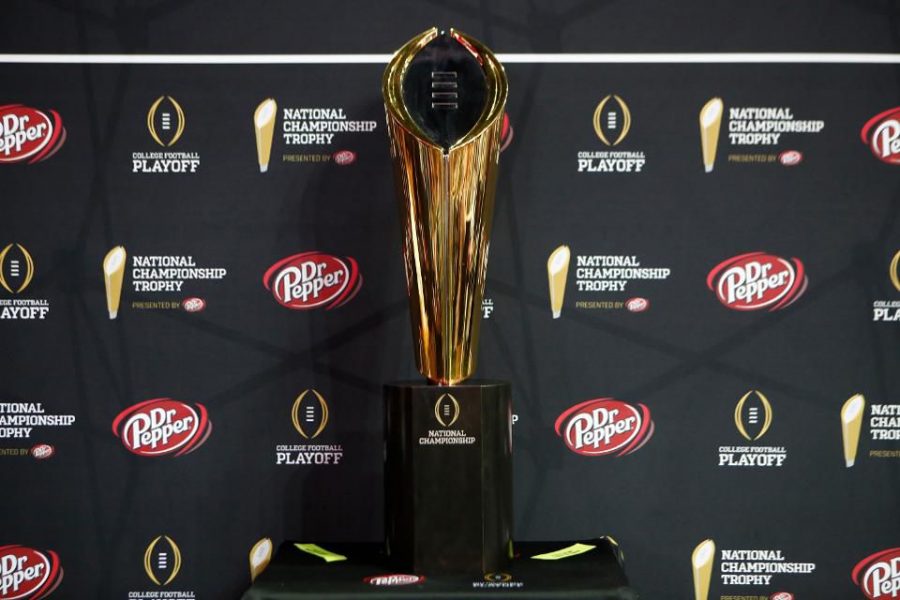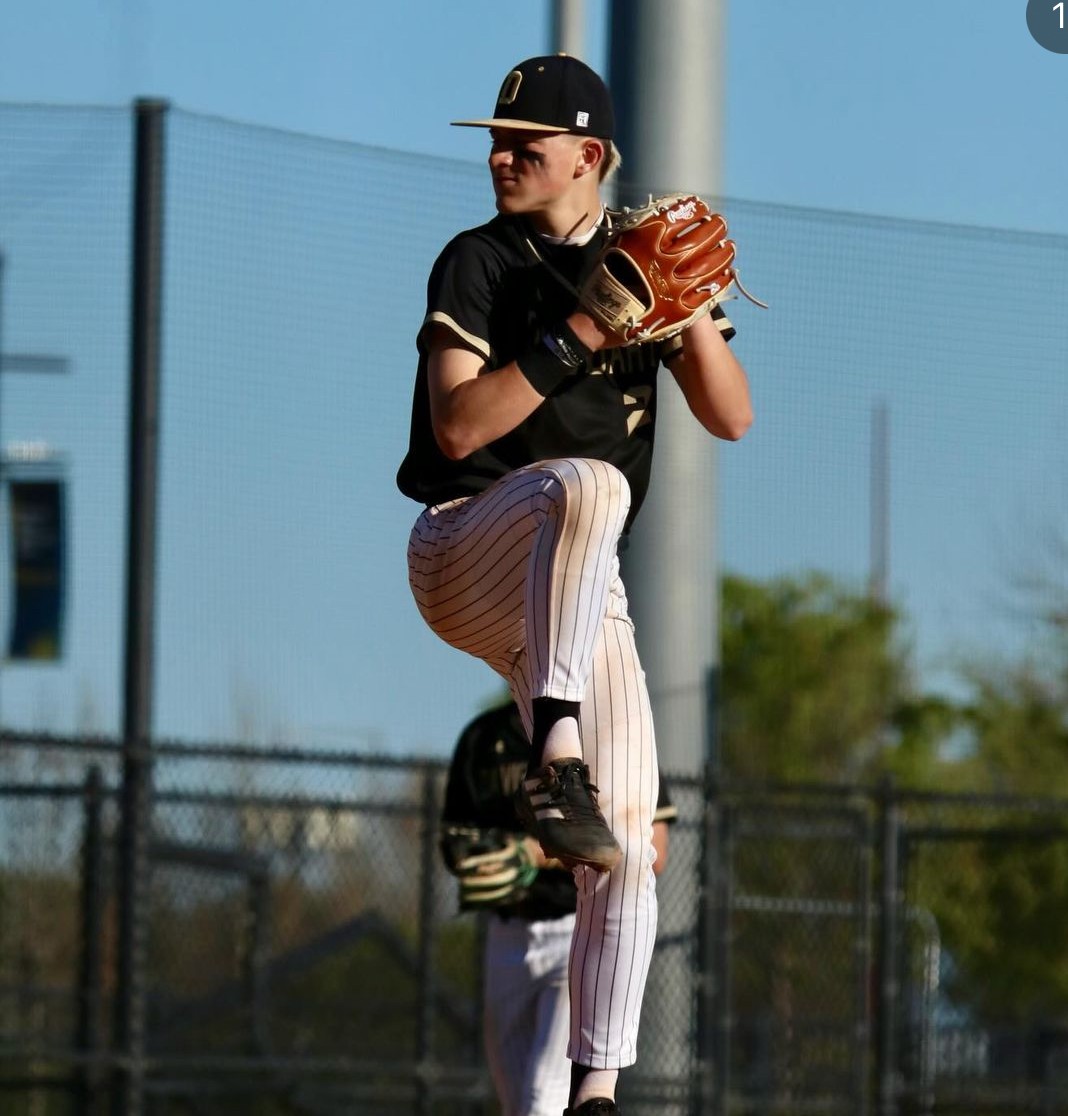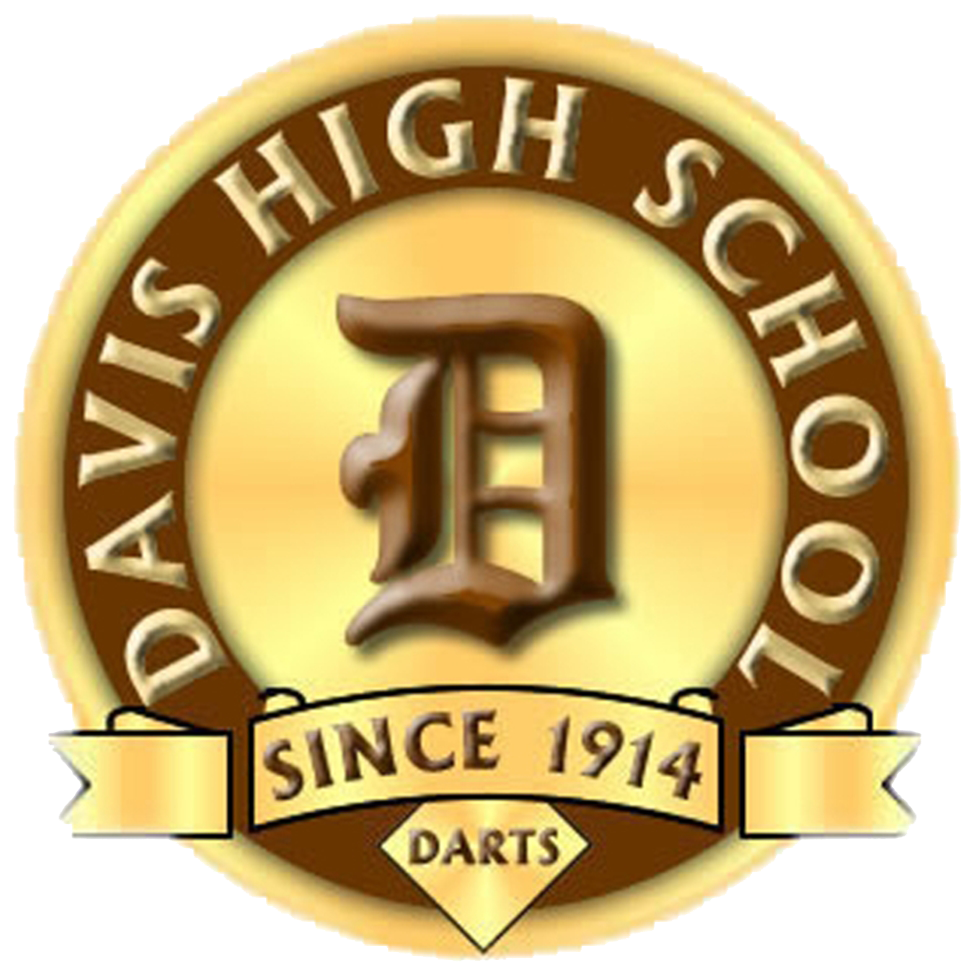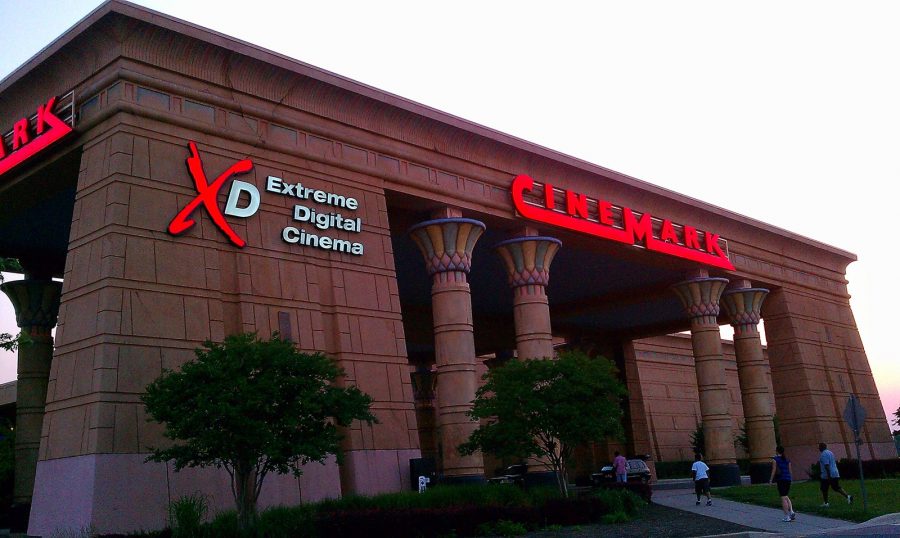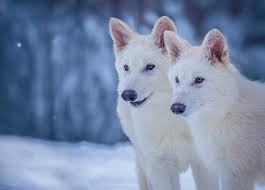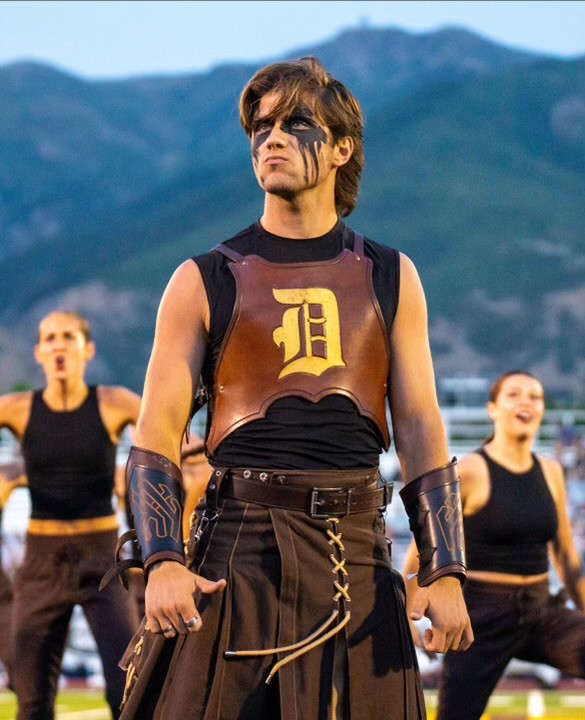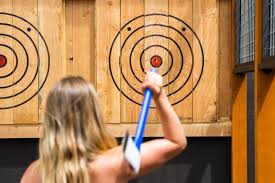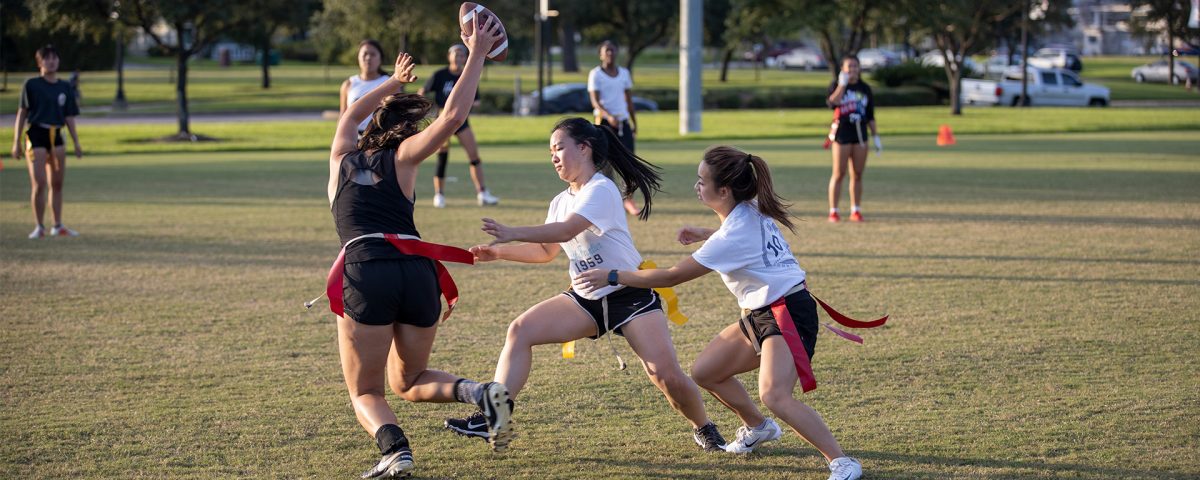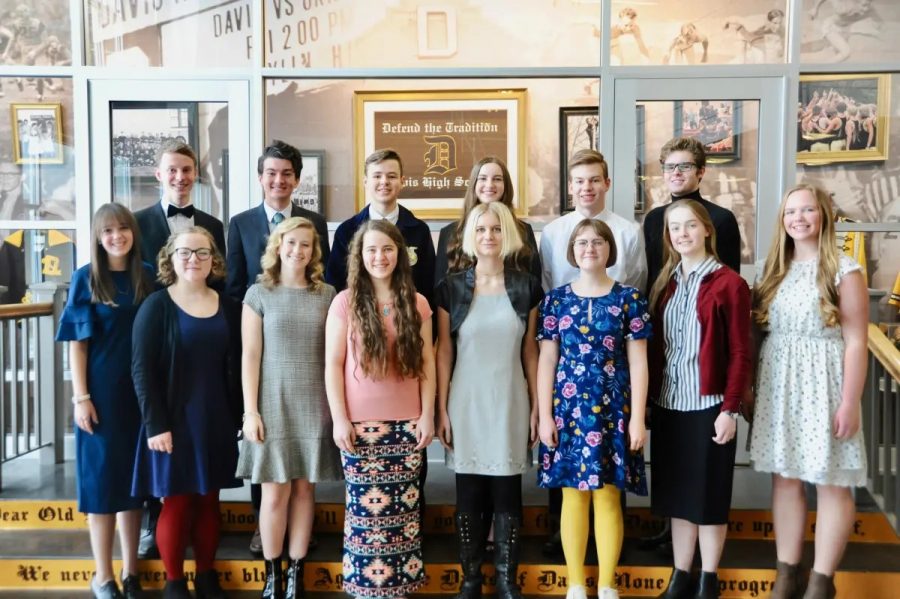The Sterling Scholar competition is coming to a close
Six students from Davis High are finalists in the Deseret News Sterling Scholar competition. That’s twice as many as last year. These finalists are David Randall, McKenna Tracy, Emily Alvord, Charles Johnson, Nicole Svagr, and, well, me. So that’s pretty cool.
Anyways, I was asked to write a piece about Sterling Scholar, so here we go:
The History:
Sterling Scholar has been a competition of the best and brightest students of Utah for over 50 years. In that time, Davis High has only had two winners, but they have had several runners-up. It is an honor to participate in this prestigious event.
What it is:
There are fourteen categories of Sterling Scholars. The categories that Davis will be representing at finals this year are computer technology, dance, family and consumer science, mathematics, foreign languages, and English.
The competition focuses on four qualifications: academics, service, leadership, and the category of that participant. The four qualifications are weighted equally.
In short, Sterling Scholar measures the overall merit of your work in high school and judges you accordingly. The people who win are generally the kind of people who have adopted a kid, started an orphanage, and wrote three books, while getting a 4.0 GPA and a 36 on the ACT (clearly hyperbole, but you get the idea).
The idea behind the competition was to honor students that don’t get the attention that student athletes receive. An argument could be made that times have changed since then, and academics are just as recognized as sports now, but the competition remains.
The reward varies based on the college the student is going to, but the prestige of participating in a competition like this is enough for most of the students involved.
The Process:
The first stage of becoming a Sterling Scholar is getting chosen at the school level. It varies from school to school, but here at Davis, this means filling out an application indicating your qualifications for the award.
If you’re chosen, you then fill out an extensive portfolio. This thing is tough. You document everything that you’ve done in high school that may be relevant to the competition. Transcripts and ACT scores go on there. You add things that demonstrate your ability in your category. Lots of pictures are involved. Not to mention roughly seven essay questions.
Once portfolios are submitted, 15 students per category are selected to move to semi-finals. You go to Ben Lomond High School and have an interview with a panel of 3 judges. The interview accounts for 40% of the final score.
Then, five students per category are selected to move to finals. That’s where we are now. Like semi-finals, this is an interview. This time it’s down at Cottonwood High. The major difference is, now there are 2 more regions that you’re competing with for a total of 15 students per student across the Wasatch Front.
The finalists don’t find out about how they did until a couple weeks later at an awards ceremony at the Conference Center in Salt Lake. The winner for each category and two runners-up will be announced. In years past, all the finalists get medals.
It’s been a crazy ride and I’m so happy to have been part of it. I’m honored to have had my name listed with the other finalists. It has been an incredible experience.
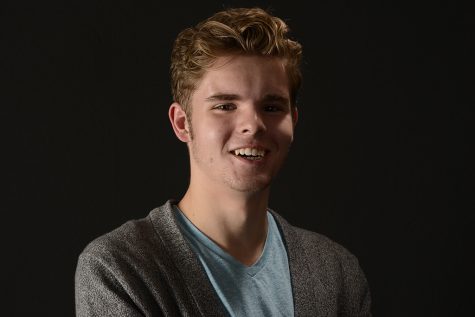
I'm an avid writer, working for both the Standard-Examiner and the Dart. I hope to become an Actuary. I'm the director of the Bread and Cheese club, make...


